Would there be any potential problems with the below implementation of a rudimentary li-ion balancing/(overcharge protection) circuit? Would a resistor need to be in series with the zeners?

simulate this circuit – Schematic created using CircuitLab
Would there be any potential problems with the below implementation of a rudimentary li-ion balancing/(overcharge protection) circuit? Would a resistor need to be in series with the zeners?

simulate this circuit – Schematic created using CircuitLab
A big problem is that zener diodes have a fairly soft reverse knee. This is usually compensated for by using them in tandem with a current limiter. Since there is no reasonable way to limit the current in this case you are better off going for a part with more precision such as a TL431.
You could test various zeners and pick out the ones that trigger at 4.1 volts or so. A small pack is only gonna be charged at 1 to 2 amps. The resistor could just be a small piece of nichrome or stainless steel wire. Stainless at 30 AWG would be about 0.25 ohms per inch. At 0.1 volts, that would be 40 mW of heat dissipation. Plus, at 4.1 volts, the pack will last much longer in cycles.